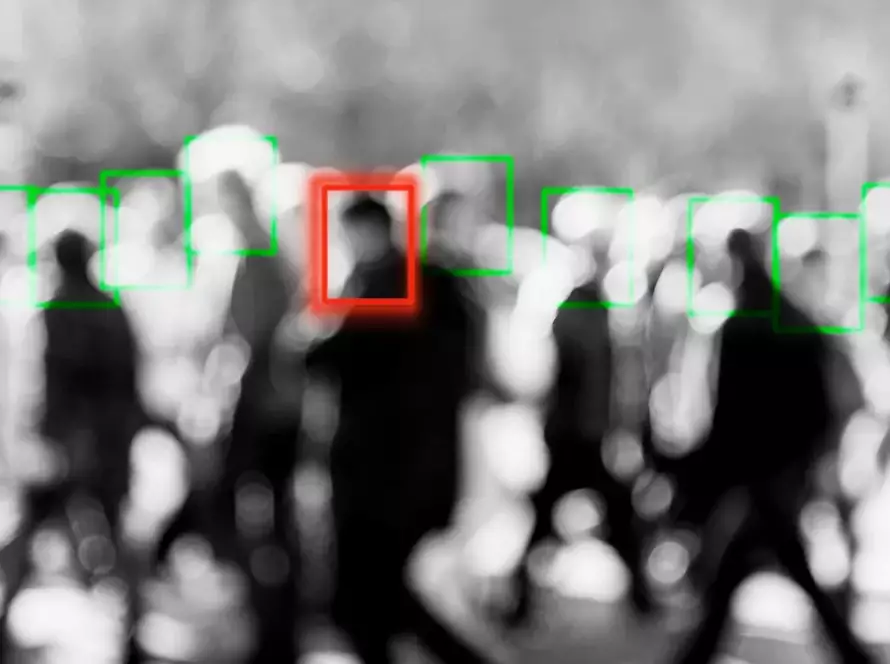Abstract & Purpose
This paper proposes a crime analysis methodology supported by machine learning techniques to predict and analyze criminal behavior patterns. Using historical crime data, the framework applies algorithms such as Random Forest, Decision Tree, SVM, XGBoost, and Multilayer Perceptron to classify crime types, determine severity, and map when and where crimes occur. Visualization techniques are also used to reveal trends and assist prediction.
Framework Structure
-
Data Preprocessing
-
Clean collected data (remove duplicates, handle missing values, normalize formats).
-
Convert categorical features appropriately.
-
Use exploratory data analysis (EDA) and visualization to spot potential biases or anomalies.
-
-
Feature Selection & Input Features
-
Input features include time, state, district, year, and crime types such as murder, rape, theft, dowry deaths, total crime.
-
Feature selection uses correlation and chi-square tests to identify most relevant predictors.
-
-
Model Training & Algorithms Used
-
Split data into training and test sets (typically 80:20 ratio).
-
Test multiple algorithms: Random Forest, Decision Tree, SVM, XGBoost, Multilayer Perceptron, with possible use of deep learning models like LSTM / CNN in advanced settings.
-
-
Evaluation Metrics
-
Use standard classification metrics: Accuracy, Precision, Recall, F1-score.
-
Perform cross-validation (e.g. k-fold) to ensure robustness.
-
-
Prediction & Analysis
-
After training, best-performing model predicts crime probability by location and time.
-
Visualization is used to map high-risk zones and crime trends over years or regions.
-
Findings
-
Among tested models, Random Forest yielded highest precision, recall, and accuracy. Other models like SVM and XGBoost also performed well but with slight trade-offs.
-
The framework could successfully identify spatial and temporal patterns: which districts / states have higher crime rates, how crime trends changed over years.
-
Visualization helped in identifying “hot spots” for crime and enabling temporal forecasting to anticipate rising trends.
Limitations & Challenges
-
Performance may vary when dataset size is small.
-
Data bias or imbalance (some crime types less frequent) may reduce prediction quality.
-
Model interpretability is crucial: law enforcement agencies require transparent models.
-
Privacy, security concerns when using personal or sensitive crime data.
Implications
-
Such frameworks can be used by public safety agencies to allocate patrols more efficiently, focus resources on high-risk areas, and implement preventive strategies.
-
For technology developers like Kytratech, this suggests product opportunities: dashboards for crime pattern visualization; early-warning systems; modular ML tools that can integrate local datasets.
Conclusion
The proposed framework demonstrates strong potential in predicting crime behavior patterns with machine learning, providing actionable insights into where and when crimes are likely to occur. Though there are challenges (data quality, model transparency, privacy), this line of work can significantly help proactive crime prevention and planning.
Source: Crime Analysis Framework for Predicting Criminal Behavioral Patterns with Machine Learning. May 2023. IEEE Renewable Energy and Sustainable E-Mobility Conference (RESEM). DOI: 10.1109/RESEM57584.2023.10236417.




